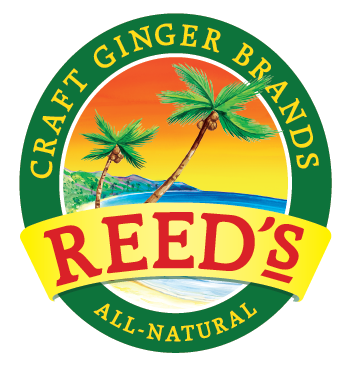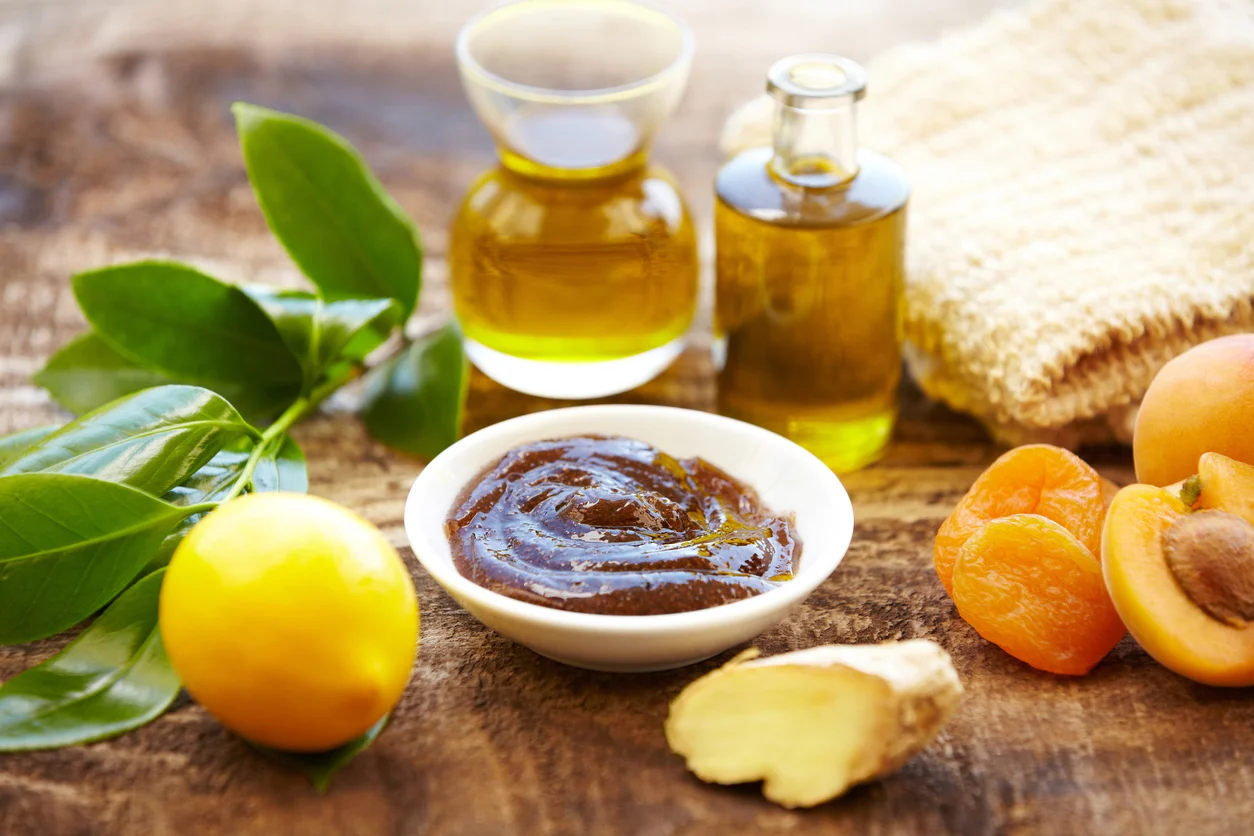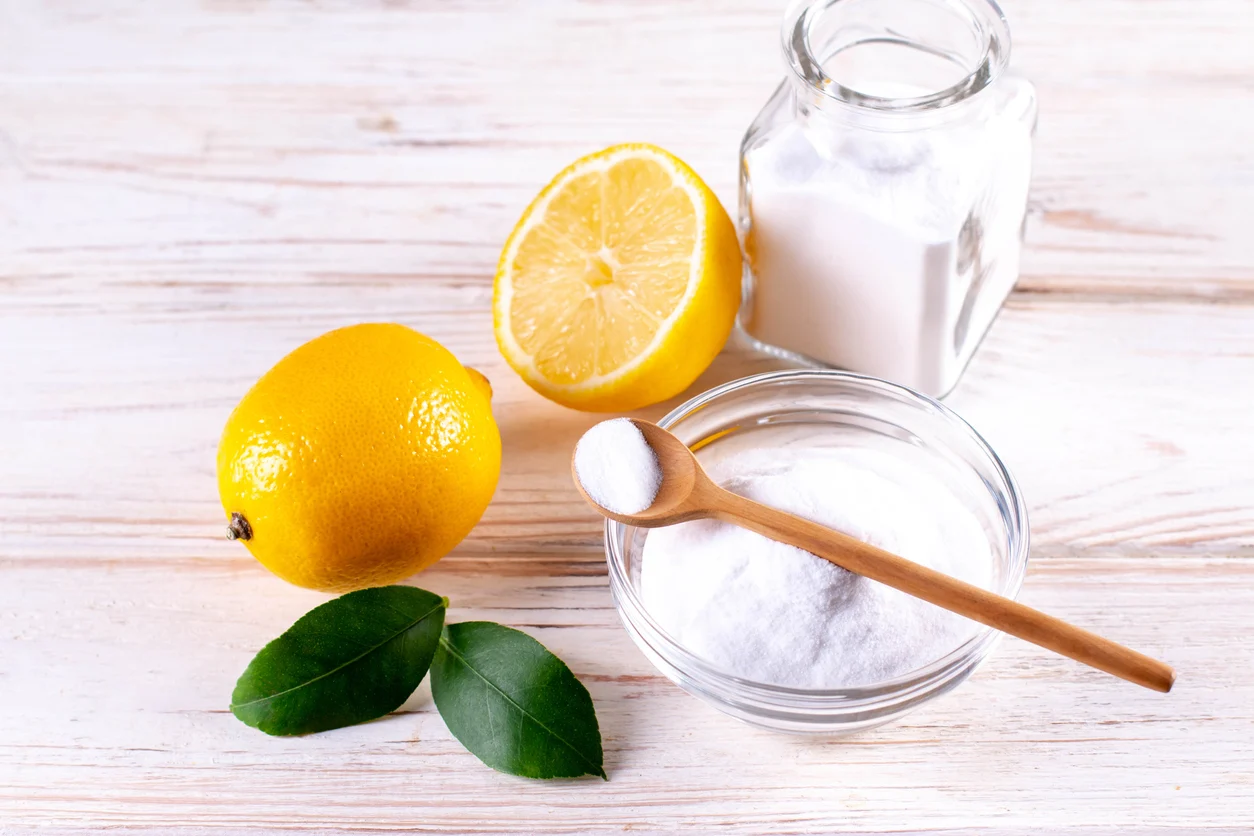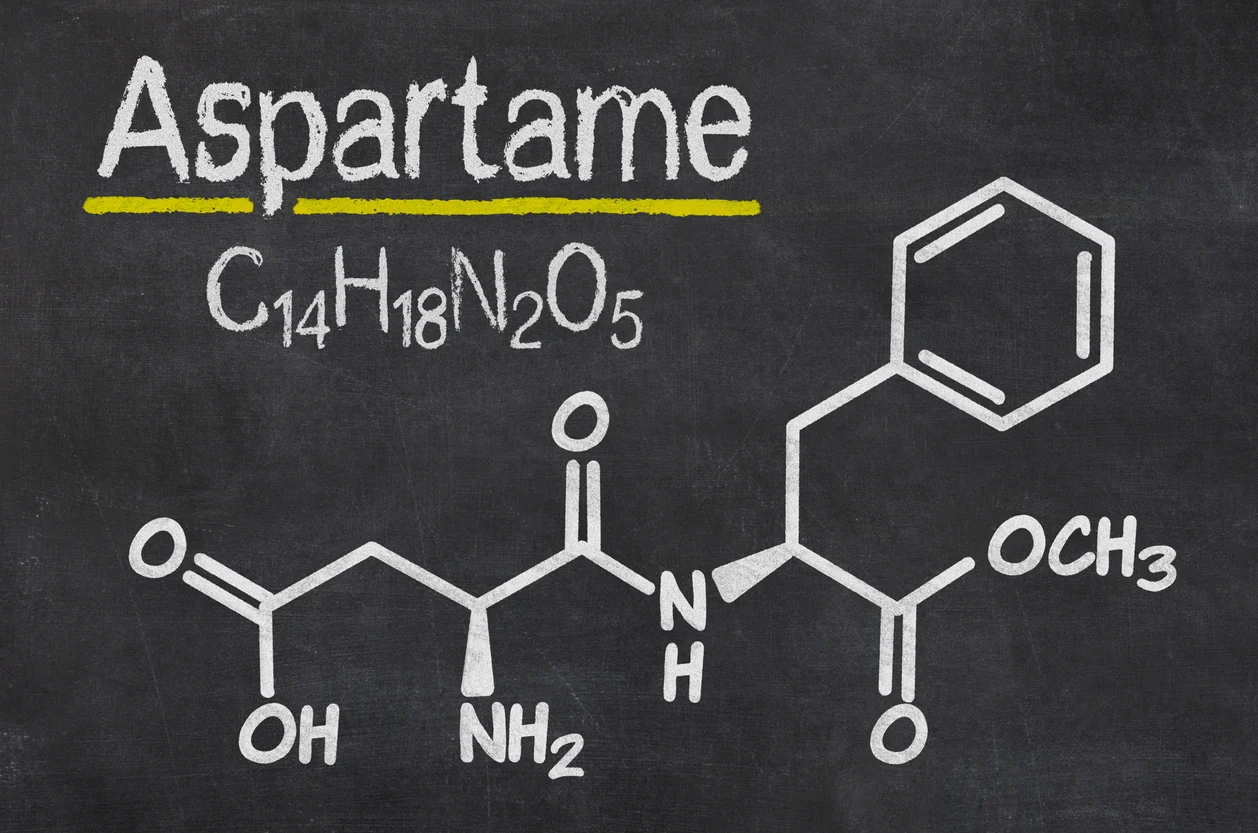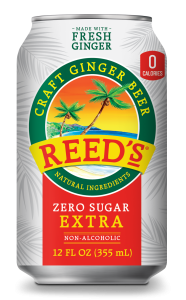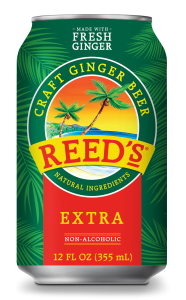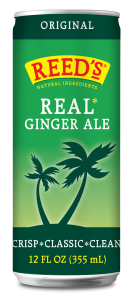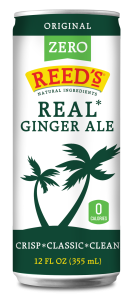In recent years, the beverage industry has undergone a seismic shift, with functional beverages taking center stage as the drink of choice for health-conscious consumers. Functional beverages, which are infused with ingredients to deliver specific health benefits, are no longer a niche category; they’ve become a significant player in the global market. These drinks are reshaping how we view hydration, nourishment, and wellness. As we step into 2025, the rise of functional beverages shows no signs of slowing, driven by evolving consumer priorities, innovative formulations, and increased demand for healthier, purpose-driven products.
What Are Functional Beverages?
Functional beverages are drinks that go beyond basic hydration to provide additional health benefits. They are often infused with ingredients such as vitamins, minerals, probiotics, adaptogens, and superfoods designed to enhance physical and mental well-being. Unlike traditional sodas or juices, functional beverages are marketed as solutions to modern health challenges, from boosting immunity and improving gut health to enhancing focus and reducing stress.
This category includes a wide range of products, such as:
- Probiotic drinks like kombucha and kefir
- Energy-boosting drinks with natural caffeine sources like matcha and guayusa
- Relaxation beverages containing adaptogens like ashwagandha or CBD
- Fitness-focused beverages with electrolytes and protein for recovery
- Prebiotic sodas supporting digestive health
Why Are Functional Beverages Thriving?
Several key factors are fueling the growth of functional beverages:
1. The Health and Wellness Movement
As consumers become more health-conscious, they are seeking products that align with their wellness goals. Functional beverages offer an easy way to incorporate health-boosting ingredients into daily routines, making them especially appealing to busy individuals looking for convenient solutions.
2. Sober-Curious and Low-Alcohol Trends
The rise of the sober-curious movement has led consumers to explore non-alcoholic alternatives that still provide an experiential or functional benefit. Functional beverages like sparkling teas or adaptogen-infused drinks have emerged as sophisticated replacements for traditional alcoholic beverages.
3. Gut Health Awareness
Probiotic and prebiotic drinks are gaining traction as awareness of gut health’s impact on overall wellness grows. Products like kombucha and prebiotic sodas, such as Poppi and Olipop, offer consumers tasty ways to support their digestive systems.
4. Stress and Mental Health Focus
With increasing awareness of mental health, beverages aimed at stress relief and relaxation are booming. Adaptogenic drinks containing ingredients like L-theanine, ashwagandha, and CBD are particularly popular for their calming effects.
5. Sustainable and Clean Label Demands
Modern consumers demand transparency and sustainability in the products they buy. Functional beverages often cater to these preferences with clean ingredient lists, plant-based formulations, and eco-friendly packaging.
Top Trends in Functional Beverages for 2025
1. Probiotic and Prebiotic Beverages
Digestive health continues to dominate the functional beverage space. Probiotics—live bacteria that promote gut health—have long been a staple in drinks like kombucha and yogurt-based beverages. Recently, prebiotic sodas have taken the spotlight, offering a tasty, low-sugar alternative to traditional soft drinks while supporting the growth of good gut bacteria.
Brands like Olipop and Poppi are leading the charge, combining gut-friendly prebiotics with nostalgic soda flavors like root beer and cola. These beverages are marketed as guilt-free indulgences that contribute to long-term health.
2. Adaptogen-Infused Drinks
Adaptogens are natural substances believed to help the body manage stress. These include ingredients like ashwagandha, ginseng, and reishi mushrooms. Functional drinks containing adaptogens are gaining popularity among consumers seeking to improve their mental clarity, reduce stress, and balance their energy levels.
Innovative brands are incorporating adaptogens into teas, coffees, and sparkling beverages, offering products that are as functional as they are flavorful.
3. Protein-Enhanced Beverages
Protein is no longer reserved for fitness enthusiasts. The rise of high-protein functional beverages caters to a broader audience, from athletes to busy professionals looking for convenient nutrition. Ready-to-drink protein shakes and enhanced waters with added protein are particularly appealing for post-workout recovery and meal replacements.
4. Plant-Based Innovations
The plant-based movement is driving innovation in functional beverages, with many products now incorporating plant proteins, superfoods, and herbal infusions. Drinks featuring ingredients like spirulina, moringa, and turmeric are marketed for their antioxidant and anti-inflammatory properties, attracting health-conscious consumers.
5. Beauty-Boosting Beverages
The concept of “beauty from within” is gaining traction, with functional beverages promising benefits for skin, hair, and nails. Collagen-infused drinks, for example, are touted for their ability to promote youthful skin and joint health. These beverages align with the broader trend of self-care and holistic wellness.
6. Cognitive Support Beverages
With the rise of “nootropics”—substances that enhance cognitive function—functional beverages aimed at improving focus and mental clarity are on the rise. Ingredients like L-theanine, ginkgo biloba, and lion’s mane mushroom are frequently featured in these products, appealing to consumers juggling demanding work schedules or studies.
Key Players in the Functional Beverage Market
Several brands are leading the charge in the functional beverage space, innovating with new ingredients and flavors to capture consumer interest:
- GT’s Living Foods: A pioneer in kombucha, this brand continues to expand its offerings with new probiotic-rich products.
- Poppi and Olipop: Leaders in the prebiotic soda category, these brands combine nostalgic flavors with gut health benefits.
- Recess: Known for its sparkling waters infused with CBD and adaptogens, Recess caters to consumers seeking stress relief.
- Vital Proteins: This brand has brought collagen into the mainstream with its line of beauty-boosting beverages.
Challenges Facing the Functional Beverage Industry
While the growth of functional beverages is undeniable, the category faces challenges:
1. Consumer Education
Many functional ingredients, like adaptogens and nootropics, are unfamiliar to the average consumer. Educating consumers about the benefits of these ingredients is crucial for building trust and driving adoption.
2. Price Sensitivity
Functional beverages are often priced higher than traditional drinks due to the cost of premium ingredients. Balancing affordability with quality will be key for brands aiming to capture a broader market.
3. Regulatory Hurdles
As functional beverages incorporate more innovative ingredients, they face scrutiny from regulatory bodies. Ensuring compliance while maintaining product efficacy is a challenge for manufacturers.
4. Sustainability Expectations
Consumers are increasingly demanding sustainable packaging and ethical sourcing. Brands must invest in eco-friendly practices to remain competitive.
The Future of Functional Beverages
The rise of functional beverages represents a fundamental shift in how consumers approach hydration and nutrition. In 2025 and beyond, we can expect to see continued innovation in this space, with new ingredients, technologies, and formats driving growth. The focus will likely expand to hyper-personalized products, tailored to individual health needs and preferences.
As functional beverages become a staple in daily routines, they are set to redefine what it means to “drink to your health.” Whether you’re seeking a gut-friendly soda, a stress-relieving tea, or a collagen-boosting elixir, the functional beverage market has something to offer for every lifestyle. This revolution is not just about quenching thirst; it’s about enhancing well-being, one sip at a time.

